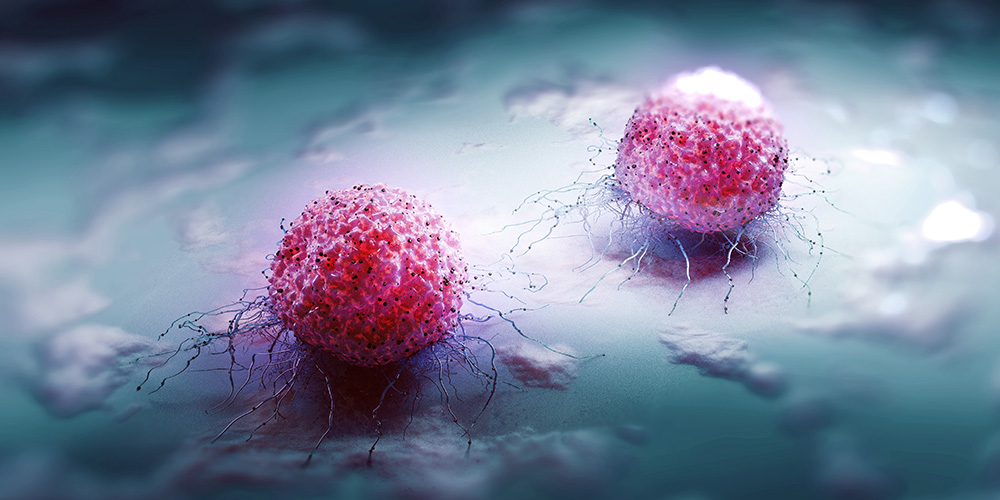Imaging allows to track progression of Stargardt disease
Stargardt disease is a hereditary eye disease that leads to visual defects and the loss of sight. A study has now shown that autofluorescence imaging might offer a way to assess whether novel treatments are effective at slowing down vision loss. This is the result of a study published in the journal JAMA Ophthalmology with the participation of the University of Basel and the Institute of Molecular and Clinical Ophthalmology Basel.
13 August 2019
Stargardt disease is the most common form of juvenile macular degeneration, which affects the center of the retina – the macula – and leads to progressive loss of vision in the center of the visual field. As a result, the things people want to see in sharp focus become blurred or distorted, or even disappear altogether. This hereditary disease is caused by genetic mutations that prevent cells of the retinal pigment epithelium, which surrounds the light-sensitive photoreceptors in the macula, from digesting the metabolic products from the photoreceptors. These products accumulate and ultimately cause tissue in the retinal pigment epithelium and photoreceptors to die off.
Marker of disease progression
To date, Stargardt disease has remained untreatable. It is therefore all the more important to develop sensitive examination procedures that allow the measurement of disease progression. These will also provide a reliable means of assessing the efficacy of novel therapeutic approaches aimed at slowing this progression down.
“We asked ourselves: is the growth rate of atrophic lesions in clinical trials a suitable surrogate marker of progressive vision loss?” explains Hendrik Scholl, Professor of Ophthalmology at the University of Basel and co-director of the Institute of Molecular and Clinical Ophthalmology Basel IOB. Scholl also leads the ProgStar study group, an international alliance of researchers seeking to achieve a better understanding of Stargardt disease and thus setting the stage for treatment trials.
For their study, the researchers used autofluorescence images of the back of the eye (the fundus) to measure changes in the size of the area of dead tissue over a period of 12 months. This international study was carried out at nine centers in the US and Europe and comprised 259 patients aged six or over, who were suffering from Stargardt disease and carrying mutations in the ABCA4 gene.
The research group was able to show that measurements of macular lesions imaged by autofluorescence enable a reliable prediction of disease progression. This tool therefore emerges as a promising outcome measure in clinical trials that aim to slow down the disease and thus vision loss.
“Questionable” tissue damage
In addition to the measurement of “definite” lesions, the ProgStar study also involved the assessment of “questionable” tissue damage using autofluorescence. “This is of particular importance to patients, as questionable damage – known as QDAF lesions – can occur in the early stages of disease, during which vision may still be rescuable by gene augmentation therapy or pharmacotherapy,” says Hendrik Scholl.
Original source
Rupert W. Strauss, Xiangrong Kong, Alexander Ho, Anamika Jha, Sheila West, Michael Ip, Paul S. Bernstein, David G. Birch, Artur V. Cideciyan, Michel Michaelides, José-Alain Sahel, Janet S. Sunness, Elias I. Traboulsi, Eberhart Zrenner, Sean Pitetta, Dennis Jenkins, Amir Hossein Hariri, SriniVas Sadda, Hendrik P. N. Scholl, for the ProgStar Study Group
Progression of Stargardt Disease as Determined by Fundus Autofluorescence Over a 12-Month Period
JAMA Ophthalmology (2019), doi: 10.1001/jamaophthalmol.2019.2885


